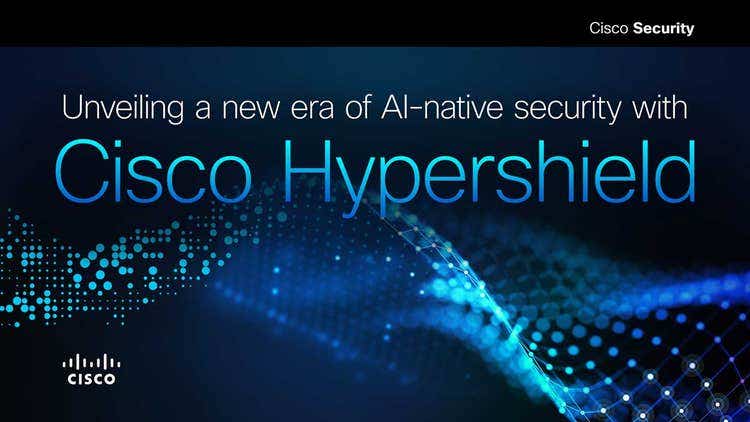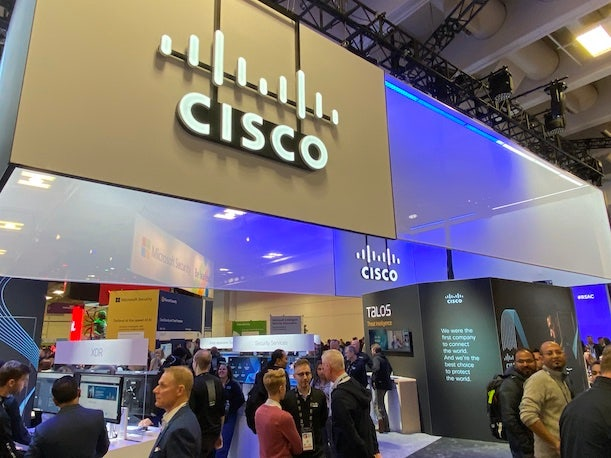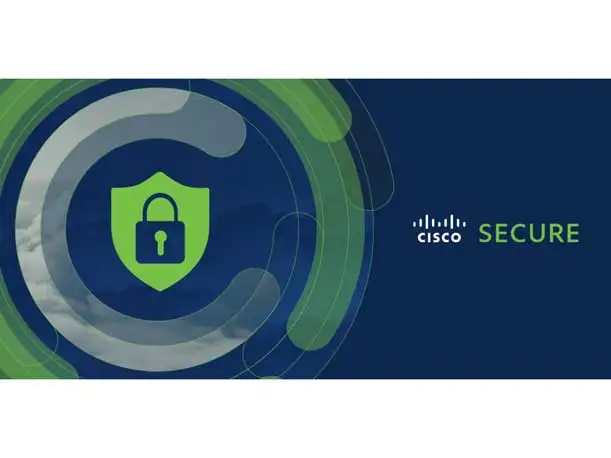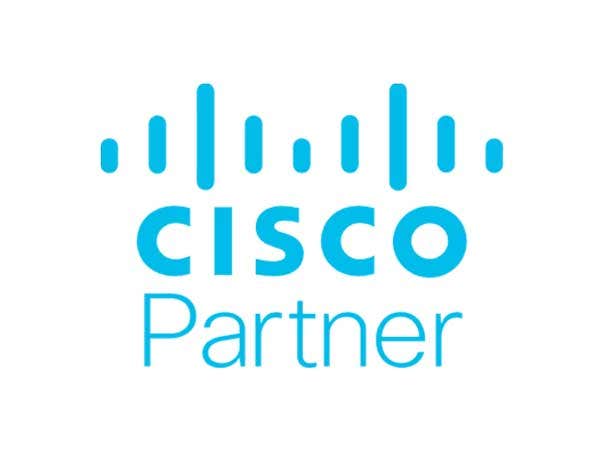Cisco Hypershield: 5 Things To Know About The Tech Giant’s Most ‘Consequential’ Security Release
Not just another security product, Hypershield presents a novel way to approach cybersecurity in hyper-distributed environments as the growth of AI takes hold, Cisco’s top security executives revealed this week.

While Hypershield may sound like another security product, Cisco’s top security executives are calling it the “most consequential” security announcement in the company’s four decades in business. That’s because the entirely software-based offering protects applications, devices, and data across public and private data centers, clouds and physical locations and, in turn, presents a novel way to approach cybersecurity in hyper-distributed environments as the growth of AI takes hold.
Cisco executives this week shared details on how Hypershield works, how the offering fits into the company’s overarching security platform play, and the opportunities for partners. Here’s what solution providers need to know.

How It Works
To start with, Hypershield is built on open-source eBPF, or “building blocks” for connecting and protecting cloud-native workloads in hyperscale cloud environments, according to Cisco executives. Cisco closed its acquisition of Isovalent, a major provider and co-creator of eBPF for enterprises earlier this month. Cisco also now happens to be the owner of Splunk thanks to its blockbuster March acquisition. Splunk is the largest contributor to OpenTelemetry, the second of the three major open-source projects.
Security enforcement with Hypershield happens at three different layers: in software, in virtual machines, and in network and compute servers and appliances. Hypershield works by placing security enforcement wherever it needs to be, covering application service in the data center, Kubernetes clusters in the public cloud, and across every container and virtual machine. The new technology blocks application exploits in minutes, a once-arduous process that could take an IT professional months, according to Cisco executives.

Why Hypershield Is So ‘Consequential’
The announcement of Hypershield is showcasing how Cisco is reimagining security in the era of AI for data center and cloud environments. Cisco created the technology in response to the increasing demands that AI has put on IT infrastructure, but it’s not just a new security product, Tom Gillis (pictured), senior vice president and general manager of Cisco’s Security Business Group, told CRN.
Rather, Hypershield is a new security architecture that has been built with technology originally developed for hyperscale public clouds—except now that technology is now available for enterprise IT teams. Hypershield allows security enforcement to be placed everywhere it needs to be, Cisco said.
“Why we think this is the most consequential is we’re taking what used to be a firewall, an appliance, and we’re like melting into the network. It’s not a separate thing that you add on. It’s like magic. It writes its own rules, it tests its own rules, it qualifies its own rules, deploys its own rules and then overnight it upgrades itself. These are very manual, cumbersome tasks that are very easy to make mistakes on and now we’ve automated all that. It’s better security, much easier to deploy and at a much lower cost. And, honestly, it’s just the beginning,” Gillis said.

The Hypershield Opportunity For Partners
The “radical” nature of Hypershield will require Cisco partners to help customers understand the benefits, Gillis said. He added that the big opportunity will be in technology refreshes for partners because it will be a “better, faster, cheaper” data center and cloud security option for many customers.
“I think it’s going to be a compelling reason to refresh infrastructure. You can start with just servers. Servers have these DPUs Data Processing Units] DPUs in them and, all of a sudden, they can do all this really super powerful security processing and you don’t need a hardware firewall—that’s going to be compelling. Then, as new flavors of hardware become available, we’re going to need our partners to explain how this works,” he said.
Because of the autonomous nature of the system, it will also remove a lot of common pain points and manual processes for MSPs, Gillis added.

How Hypershield Fits Into Cisco’s Security Platform Strategy
Built into Cisco’s Security Cloud platform, Hypershield will become part of the Cloud Protection Suite, one of three suites Cisco is offering as part of Cisco Security Cloud. Cisco’s approach to security stands out from the competition thanks to its networking prowess, which allows the tech giant to couple security closely with the network, Gillis said.
“Only Cisco could build this. One of our firewall competitors can’t say, ‘Oh yeah, I’m going to build this into the network, too,’ because they don’t have the network. That’s the thing that makes this so remarkable, and it’s very much a part of our platform play,” he said.
Cisco Hypershield is expected to be generally available in July.

The Importance Of Technology Partnerships
Cisco said Hypershield will help tip the scales in favor of defenders rather than the bad actors. Hypershield will build on Cisco’s recent announcements to accelerate AI infrastructure with the company’s Ethernet switching, silicon and compute portfolio, and in partnership specifically with Nvidia.
However, Cisco today works with three major semiconductor partners, AMD, Intel and Nvidia. Cisco’s software-based Hypershield will run on all three platforms to take advantage of the unique capabilities of each platform, Gillis said.